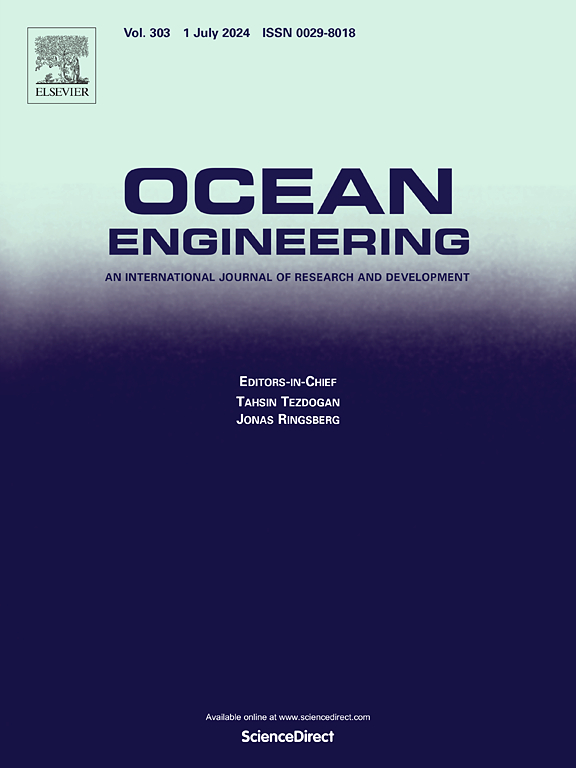Sine-PSO-RF-SHAP prediction gas-liquid two-phase flow patterns in pipelines
IF 4.6
2区 工程技术
Q1 ENGINEERING, CIVIL
引用次数: 0
Abstract
The identification of gas-liquid two-phase flow patterns in pipelines is of critical significance for industrial process safety and efficiency optimization. However, traditional methods face challenges of insufficient model generalization ability and lack of interpretability. This paper proposes a Sine-PSO-RF-SHAP ensemble model integrating two-stage Sine chaotic mapping, Particle Swarm Optimization (PSO), Random Forest (RF), and SHAP interpretability analysis. Through multi-scale feature analysis and chaos-enhanced parameter optimization strategy, it achieves high-precision prediction of flow pattern classification and mechanistic analysis. Validated by datasets containing gas-liquid combinations of different media and experimental data from complex pipelines such as U-shaped, Z-shaped, and vertical pipes, the model achieves a flow pattern identification accuracy of 94.4 % on the test set, with a single inference time as low as 35.81 ms, significantly outperforming traditional machine learning and deep learning methods. SHAP analysis quantitatively reveals the dominant influence of features such as Surface Gas Velocity and pipe Inclination Angle on flow pattern transition, providing interpretable decision support for industrial scenarios. This study provides a technical paradigm combining efficiency and interpretability for intelligent monitoring of gas-liquid two-phase flows.
正弦- pso - rf - shap预测管道气液两相流型
管道内气液两相流形态的识别对工业过程的安全和效率优化具有重要意义。然而,传统方法面临着模型泛化能力不足和可解释性不足的挑战。本文提出了一种正弦-PSO-RF-SHAP集成模型,该模型集成了两阶段正弦混沌映射、粒子群优化(PSO)、随机森林(RF)和SHAP可解释性分析。通过多尺度特征分析和混沌增强参数优化策略,实现了流型分类和机理分析的高精度预测。通过不同介质的气液组合数据集以及u型、z型和垂直管道等复杂管道的实验数据验证,该模型在测试集上的流型识别准确率达到94.4%,单次推理时间低至35.81 ms,显著优于传统的机器学习和深度学习方法。SHAP分析定量地揭示了地表气速和管道倾角等特征对流型转换的主要影响,为工业场景提供了可解释的决策支持。本研究为气液两相流智能监测提供了一种高效、可解释性强的技术范式。
本文章由计算机程序翻译,如有差异,请以英文原文为准。
求助全文
约1分钟内获得全文
求助全文
来源期刊

Ocean Engineering
工程技术-工程:大洋
CiteScore
7.30
自引率
34.00%
发文量
2379
审稿时长
8.1 months
期刊介绍:
Ocean Engineering provides a medium for the publication of original research and development work in the field of ocean engineering. Ocean Engineering seeks papers in the following topics.
 求助内容:
求助内容: 应助结果提醒方式:
应助结果提醒方式:


